Bad Cat (2016): A Stray’s Life in the Back Alley’s of Istanbul
Bad Cat (2016) is a wild, darkly hilarious Turkish animated crime comedy about a foul-mouthed street cat navigating love, revenge, and chaos in the gritty underworld of Istanbul.
Bad Cat
Original title: Kötü Kedi Şerafettin
Directors: Mehmet Kurtulus, Ayse Ünal
Country: Turkey
Turkey’s Unique Love for Cats
Turkey’s unique love for cats is its most endearing cultural feature, especially in Istanbul, where stray cats roam freely, coexisting with humans in a delicate and beautiful balance. In Turkey, people from all walks of life cherish cats. From Sultanahmet’s mosque to Dalyan‘s bustling streets, you will find cats basking in the sun, sipping from bowls of water left out by shopkeepers, and receiving gentle head scratches from passersby.
This reverence for cats dates back centuries and is rooted in religious and historical contexts. In Islam, cats hold a special status as ritually clean animals, and people admire them for their connection to the Prophet Muhammad, who is said to have loved and protected them. They also play a practical role in densely populated cities by helping to control rodent populations.
The cats of Istanbul, in particular, are so deeply integrated into the city’s daily life that they have become cultural icons. Documentaries like Kedi (2016) by Ceyda Torun have garnered international attention by showcasing the relationship between Istanbulites and their beloved street cats.
Popular Turkish commercials, TV shows, and books often depict cats as adorable and mystical creatures that evoke warmth, tenderness, and compassion. However, in 2016, an animated film came along that completely subverted this image, offering an entirely different portrayal of cats—one that is anything but cute: Bad Cat aka Kötü Kedi Şerafettin.

From Comic Strip to Animated Film
Based on Bülent Üstün’s famous comic strip of the same name, which was first published in 1996 in the Turkish humor magazine L-Manyak and became a graphic novel a year later, Bad Cat follows the adventures of Şerafettin, or Şero for short (voiced by Ugur Yücel in Turkish and Don Battee in English), a tough and foul-mouthed street cat who lives in the underbelly of Istanbul. Şero is a chain-smoking, alcohol-drinking, brawling anti-hero who engages in petty crime, womanizing, and destruction. His life revolves around wreaking havoc, getting into fights, and evading his enemies, often with hilarious and absurd consequences. He is crude, violent, and unapologetically vulgar. His actions and attitude are more in line with the stereotypical “lowlife” individuals who exist on the fringes of society.
Plot Summary
The film begins with Şero’s friend, Blacky the Pimp, urging him to check out a sultry Siamese cat named Princess. When Princess’ owner is away, Şero and Blacky break into the house, planning to seduce her. However, things take a tragic turn when Princess accidentally gets electrocuted while trying to escape. “It’s not our fault; she obviously had intimacy issues,” Şero quips. Devastated by the loss of his beloved pet, Princess’ owner kills Blacky in retaliation. When Şero confronts him, a scuffle ensues, and the man falls out of the window to his death.
As if things could not get worse, his human companion struggles to pay the rent and buy cat food, leading to an argument ending with the man kicking Şero onto the street. Şero also discovers he has an illegitimate son, Taco.

Now homeless, Şero and his animal friends must fend for themselves. A rat in the group has an epiphany: if “mouth-breathers” (humans) refuse to follow the rules, why should they? The rat explains that money is the key to everything and suggests they rob a bank, just like humans, believing that “you can’t buy happiness, but you can steal it.”
Things seem to take a turn for the better when Şero saves a Turkish Angora named Misket from two vicious dogs, and he unexpectedly falls in love. But just as life starts to look up, Princess’ owner returns from the dead, and he has only one thing on his mind: revenge. He is determined to make Şero pay, and if he cannot get to him directly, he is willing to hurt Misket and Taco instead. With things spiraling out of control, will Şero finally step up, take responsibility, and do the right thing?
The Dark Humor of Bad Cat
Bad Cat does not shy away from showing the seedy side of life, with characters representing criminals and drunks. It does not hold back in its use of harsh language, physical violence, and crude sexual humor either. However, it uses absurdity and slapstick to highlight the ridiculousness of the situations Şero finds himself in. The film also has over-the-top action sequences, including car chases and violent brawls.
This irreverent and rebellious style was a reaction to Turkey’s intense censorship and suppression of free speech during the 1990s (when Üstün’s comic strip first appeared). At that time, many artists and cultural figures faced lawsuits or even imprisonment for criticizing the government or addressing sensitive topics like the Kurdish conflict or rising Islamism.
While the film is undoubtedly a comedy, its humor is laced with a deep frustration with contemporary urban life in Turkey. Bad Cat unfolds in a gritty version of Istanbul, where gang violence, theft, corruption, and the decay of public spaces dominate everyday life. Şero and his companions move through a world that feels lawless. Their chaotic environment mirrors the public perception of a growing lack of accountability in the real world, especially in large cities like Istanbul, where urban decline often goes hand in hand with governmental inefficiency and systemic corruption.
Throughout the film, authority figures are bumbling fools, unable to manage the chaos around them. This satirical portrayal mocks the inability of the government to address the issues that affect the lives of everyday citizens, from gang violence to political scandals. These public frustrations became particularly pronounced after the “December 17-25 Corruption Operations” in 2013, a scandal involving several high-level government officials in bribery, fraud, and other illegal activities.

Gang violence and organized crime have also been significant problems in Istanbul, especially in districts such as Taksim and Kadıköy. The Susurluk Scandal in 1996, for example, revealed deep ties between government officials, the police, and organized crime. The rival gangs of stray animals—who engage in everything from territorial disputes to petty theft—and Şero’s relentless pursuit of dominance over his rivals, allies, or authority figures are a microcosm of how power dynamics play out in real life, particularly in environments where corruption reigns. The more robust and cunning animals rise to the top, often at the expense of weaker ones.
At the same time, there is an apparent tension between the natural, instinctual life of the cats and the modern, industrialized world they inhabit. Şero and his fellow street animals struggle to navigate a landscape dominated by concrete, cars, and industrial sprawl. As Istanbul grows and urbanizes rapidly, many buildings are under construction, and old neighborhoods disappear to make way for new developments. The streets fill with the wealthy elite and the struggling poor while animals and humans fight to survive in spaces no longer suited for them. Bad Cat captures this tension, using the metaphor of street cats trying to survive in a sprawling city to comment on how modernity leaves behind those who cannot adapt quickly enough.
Pushing the Boundaries of Turkish Animation
The production of Bad Cat marked a significant moment for Turkish animation since its shift toward adult content is a bold departure from its typical focus on children or family audiences. Anima Istanbul, a leading animation studio in Turkey known for its high-quality commercial work, took on the challenge. The studio employed a combination of traditional 2D animation and modern 3D techniques, resulting in a visually distinctive style that mixes the exaggerated, fast-paced, and cartoonish design and movements of its characters with the gritty realism of urban Istanbul, with its crumbling buildings, graffiti-covered walls, and cluttered alleyways.
Bad Cat embraces its adult themes unapologetically, using the freedom of the animated medium to push boundaries in terms of language, violence, and subject matter. It was risky, but offering something fresh and distinctly different paid off. While it might seem that a film like Bad Cat would alienate audiences accustomed to more traditional or family-friendly fare, it struck a chord with a wide demographic. Younger viewers appreciated its edgy humor and irreverent style, while older audiences recognized the sharp social commentary behind the comedy. The film’s success at the box office, along with its reception at various international film festivals, demonstrated that there was a significant appetite for adult animation in Turkey—especially one that was unafraid to tackle tough subjects through the lens of humor. However, after the film’s television premiere on Kanal D on July 1, 2017, the Radio and Television Supreme Council fined the channel, claiming the production could negatively impact children.
As much as the film lampoons the darker side of life, it also celebrates the resilience of those living in the cracks of the urban landscape. Despite being an amoral and abrasive character, Şero is a survivor, and he is excellent at navigating dangers and finding ways to thrive in an environment that seems designed to crush him.
Where to watch Bad Cat (2016)?
Bad Cat aka Kötü Kedi Şerafettin is currently available from Amazon.
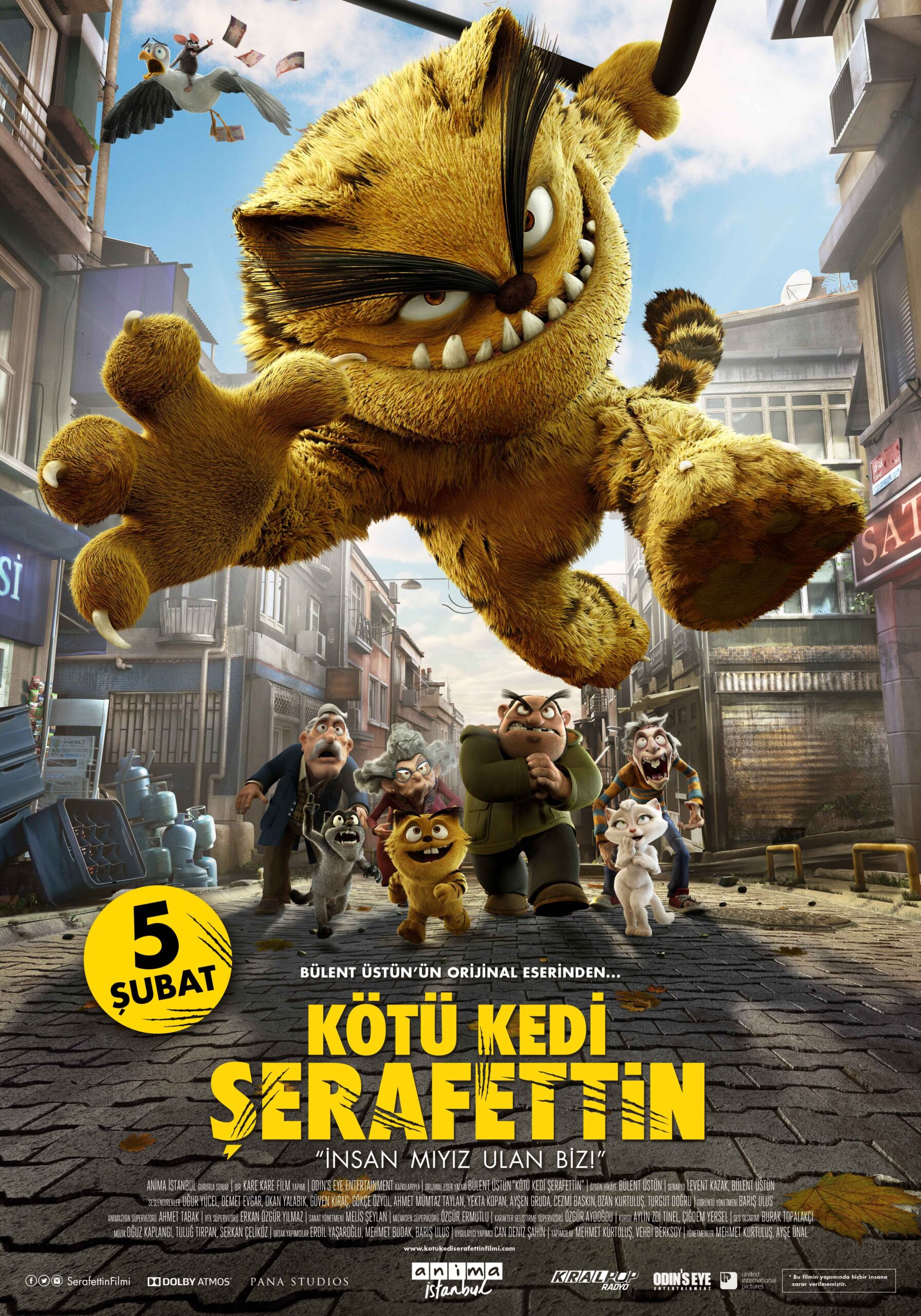
This essay on Bad Cat aka Kötü Kedi Şerafettin was originally published in the book Meow! Cats in Horror, Sci-Fi, and Fantasy Movies.
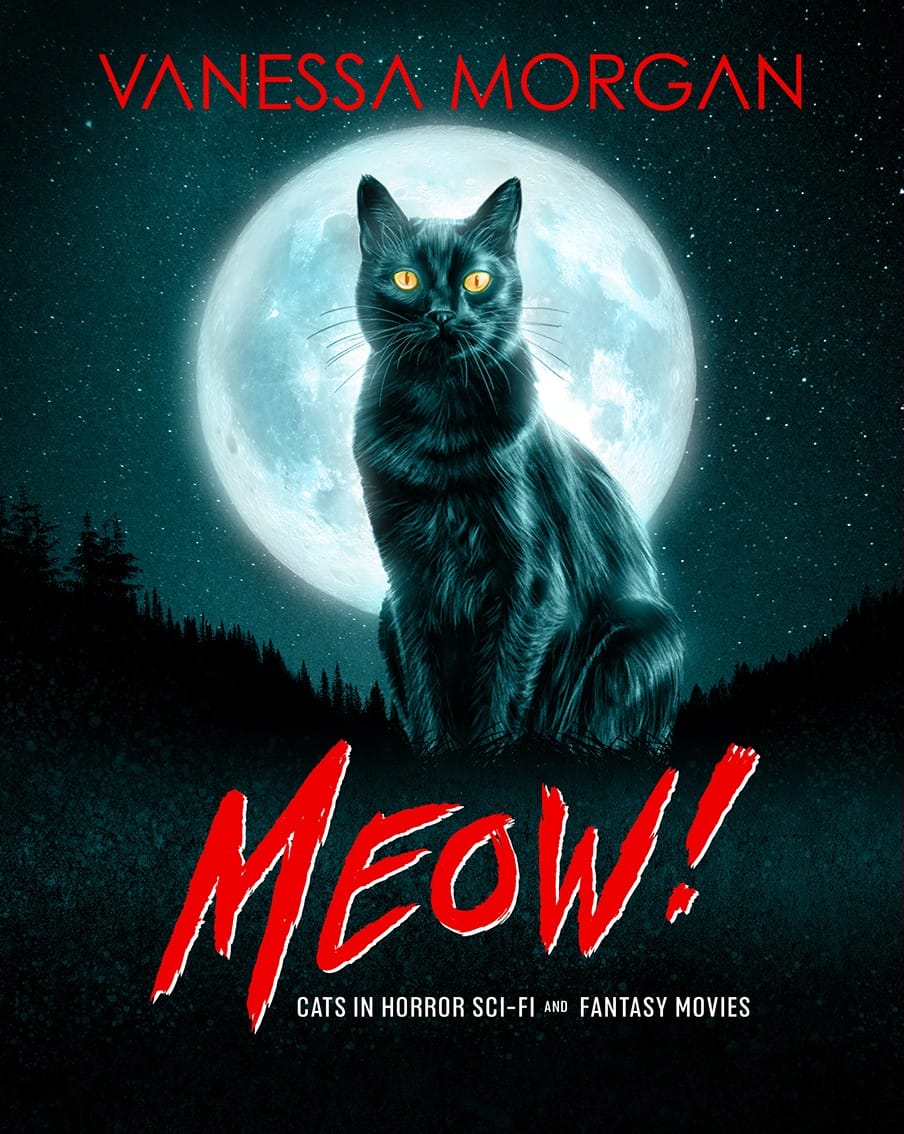
About the author
Vanessa Morgan is the editor of When Animals Attack: The 70 Best Horror Movies with Killer Animals, Strange Blood: 71 Essays on Offbeat and Underrated Vampires Movies, Evil Seeds: The Ultimate Movie Guide to Villainous Children, and Meow! Cats in Horror, Sci-Fi, and Fantasy Movies. She also published one cat book (Avalon) and four supernatural thrillers (Drowned Sorrow, The Strangers Outside, A Good Man, and Clowders). Three of her stories became movies. She introduces movie screenings at several European cinemas and film festivals and is also a programmer for the Offscreen Film Festival in Brussels. When she is not writing, you will probably find her eating out or taking photos of felines for her website, Traveling Cats.
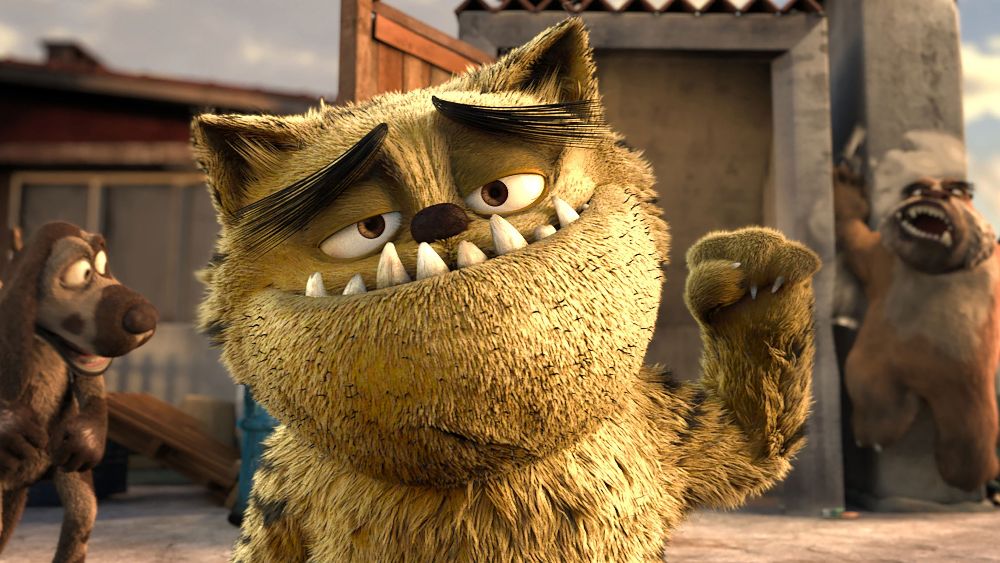
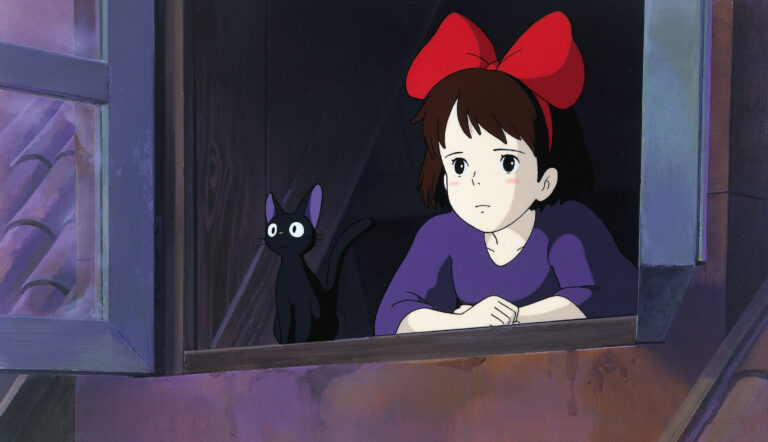
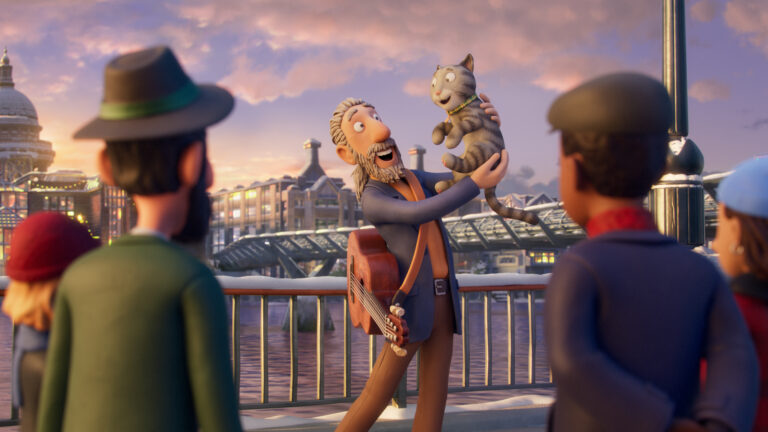
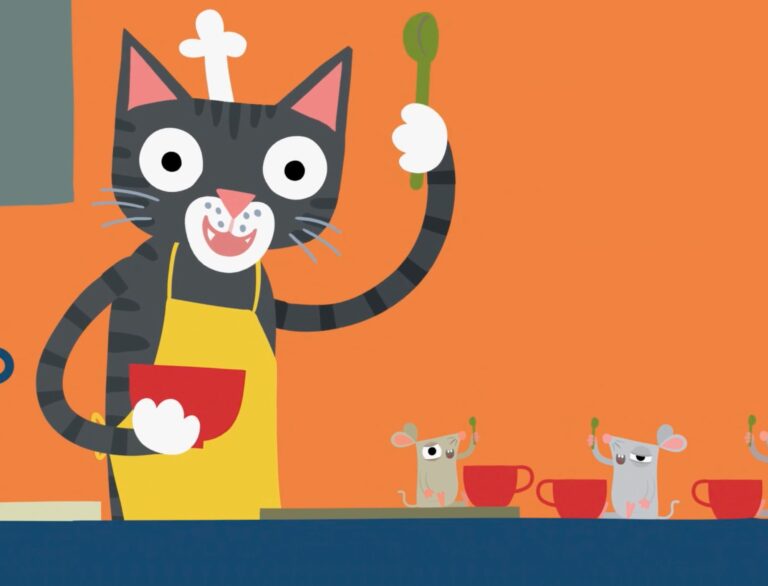
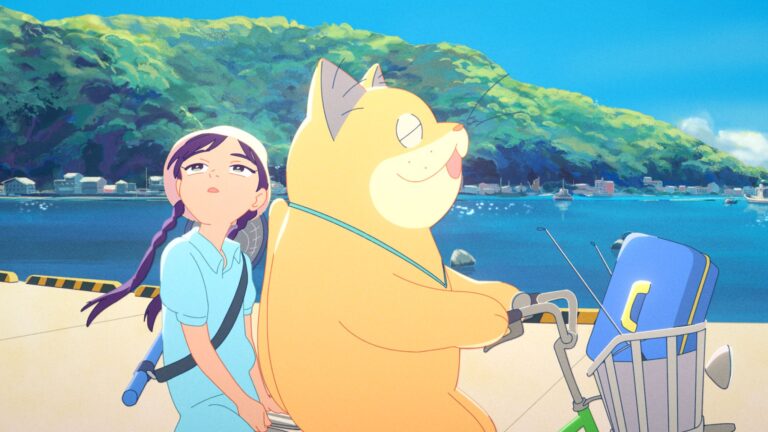
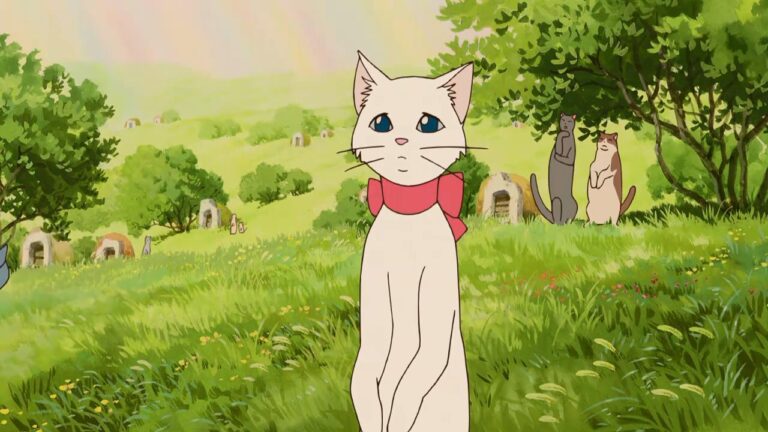
Love the cat on the toilet. I laughed out loud.
Thank you for joining the Awww Mondays Blog Hop.
Have a fabulous Awww Monday and week. 🙂